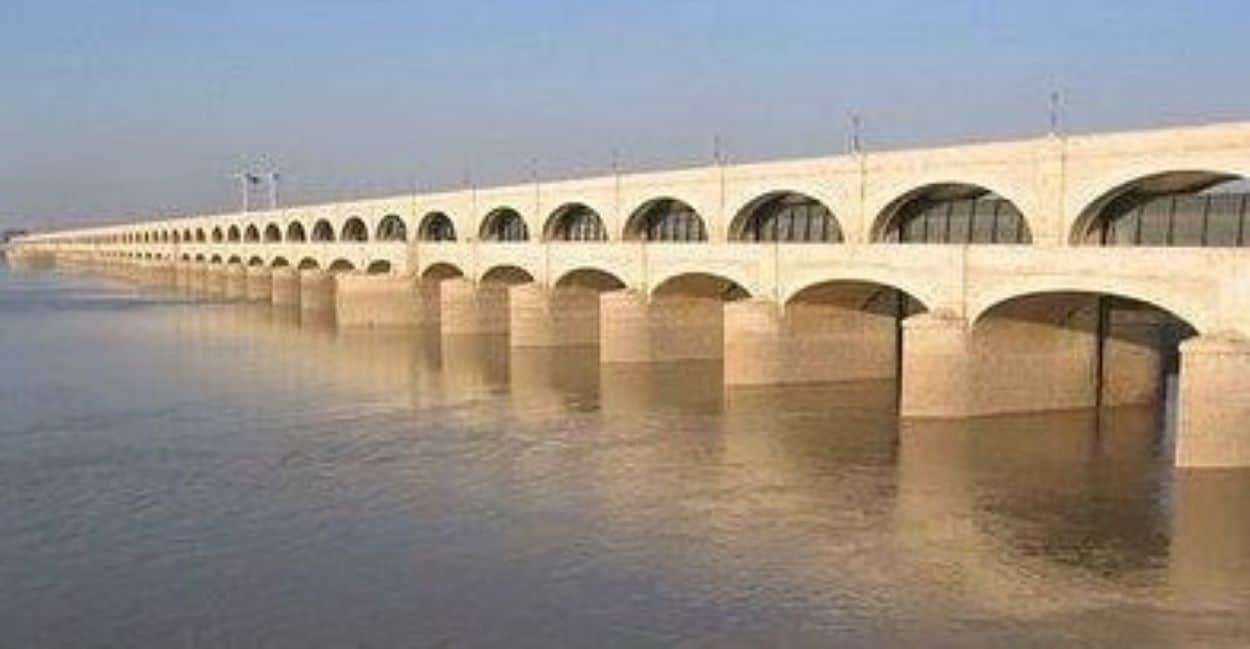The Sindh Agriculture Department has established a water emergency cell to assist growers affected by the closure of the water supply from Sukkur Barrage. This decision follows the damage to two barrage gates, which has disrupted water flow to canals, potentially harming crops.
Officials announced the appointment of focal persons within the department. A department spokesperson explained that these individuals will guide growers and report crop damage due to the water shortage.
The situation emerged after two gates at the Sukkur Barrage on the Indus River suffered damage early last Friday. Chinese engineers began repair work on Saturday, successfully restoring gate number 44. Efforts to repair gate number 47 will commence once the water level drops.
This incident has significantly reduced the water supply to all canals from the barrage, affecting irrigation and drinking water supply.
Sindh Irrigation Minister Jam Khan Shoro, speaking to the media in Sukkur, stated that due to ongoing repairs, the barrage’s right and left bank canals would temporarily be without water.
It is important to note that in February 2023, with funding from the World Bank, six gates of the barrage—numbers 31, 33, 34, 35, 39, and 40—were replaced.
The damage was particularly severe at gate 44, while gate 47 collapsed and sank into the river.
The Sukkur Barrage, featuring 66 gates, has been operational for 92 years since its inauguration in 1932 by the British Viceroy of India, Lord Wellington. The foundation stone was laid in October 1923 by George Lloyd, the Governor of Bombay.
The barrage has seven off-taking canals: three on the right bank—the Dadu Canal, Rice Canal, and Northwestern Canal (Kirthar)—and four on the left bank—the Khairpur Feeder West, Rohri Canal, Khairpur Feeder East, and Nara Canal.






